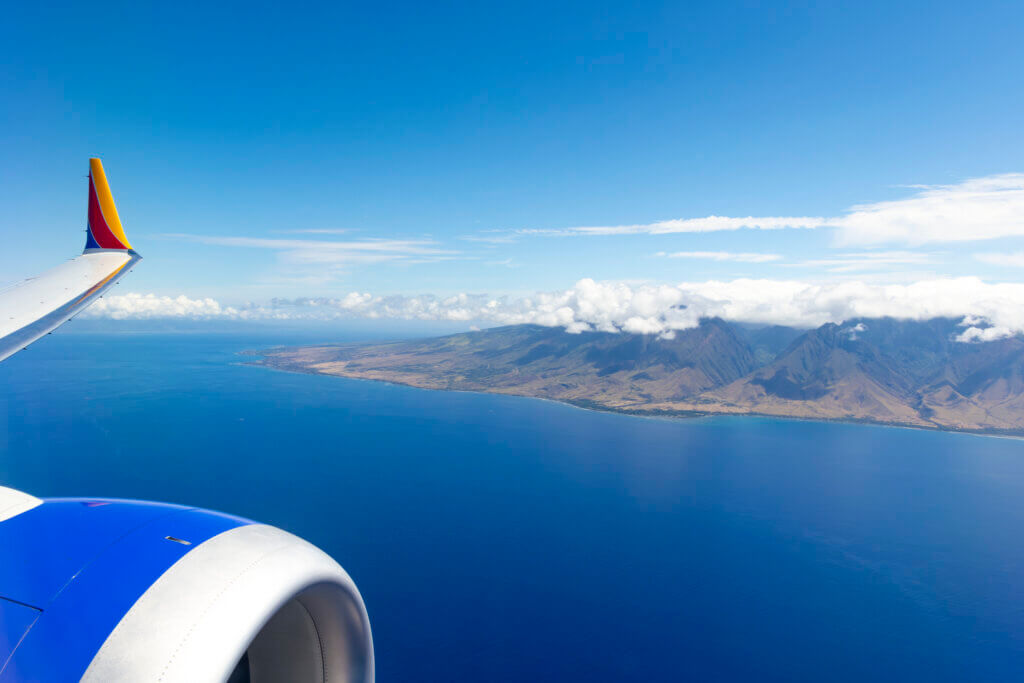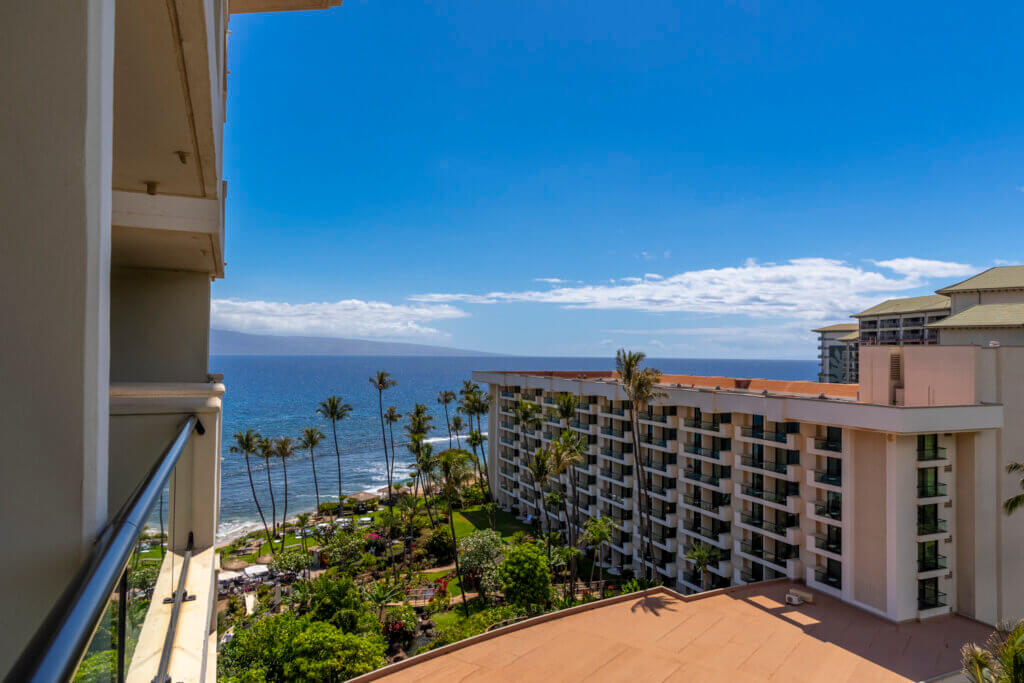It’s hard to believe that it’s already been one year since raging wildfires consumed Lahaina. The frightening images still seem just as fresh today as they were then. Yet, here we are. So, let’s talk about Maui one year later. How are things going, especially as it relates to the visitor industry?
August 8, 2023, will forever be remembered as a day that changed, not only Maui, but Hawai’i. Forever. That day, over 100 people lost their lives as hurricane-force winds turned smoldering wildfires into a literal blast furnace, melting cars and turning most of Lahaina into rubble and ash. Right off the bat, experiences learned in California taught us that recovery was going to be a slow and painful process. However, things are progressing. So, let’s discuss how things are on Maui one year later.
Maui One Year Later
The big news as we approached the one-year anniversary of this terribly tragedy is that survivors are finally moving into long-term temporary housing. According multiple news outlets, including the Honolulu Star-Advertiser, these setups take the form of modular homes on land on loan from government and private entities and converted hotels. I get that this stuff takes time to do, but I find it a bit absurd that it’s taken this long to get things going – mind you, they’re only now welcoming their first survivors – especially since hotel housing has, apparently, been a challenge.
Down in the burn zones, it seems as if clean-up has been progressing in a timely manner, with many lots ready to be rebuilt. Of course, the challenge now is for property owners to design their replacement structures, get permits, and actually have the work done. This process will take years.
Visitor Industry Recovery
On the tourism front, things aren’t actually look much better for Maui one year later. In fact, the situation is much different than it was in the months following that fateful day. While the initial message was for visitors to stay away, that quickly evolved into a plea for visitors to return, but to also be respectful of what happened. Now, tourism officials are planning an all out campaign in Southern California to try to lure their most lucrative visitor base back.
Despite the controversy, it’s easy to see why officials are desperate to get the visitor industry back up to capacity. Tourism is the single largest economic driver for Maui. Yet, the latest available numbers from June 2024 show that occupancy remains at just 57.5%, which is more than 9% lower than June 2023. It’s even lower than September 2023’s island-wide occupancy rate of 62.7%.
Breaking things down a bit, Wailea was holding down the fort with an occupancy rate of 61.6% in June, which is 5.2% lower than June 2023. West Maui hotels, which includes Lahaina, Ka’anapali, Napili, and Kapalua, saw an average occupancy rate of 55.9%, which is 13.3% lower than last year. In fact, demand has soften so much, that available air seats to the island fell by 16% compared to July 2023.
When polled by tourism officials, visitors stated that they wouldn’t return to Maui one year later or even longer because of the fires and its lingering impacts.
My Observations
Having gone to Maui back in May, I had a small glimpse into how things were on the ground. As I mentioned in my review of the Hyatt Regency Maui, the staff were genuinely friendly, and they were hustling. However, you could tell the resort was understaffed. Now, I’m not sure if this was due to management intentionally keep staffing levels low as Grand Wailea’s management has, or if it’s because finding employees just remains difficult, but this will create issues if more visitors do return.
Moreover, there was a serious lack of places to dine in Ka’anapali. Much of what was available was over-priced resort restaurants. Yes, many places were lost in the fire, but I noticed a bunch of spots outside of the burn zone that just never reopened. That presents yet another challenge for tourism in the area, though things should get at least a little better, as some restaurants are actively rebuilding in West Maui outside of Lahaina.
Outside of this, though, there’s just no getting around what happened on Maui one year later. If you’re visiting West Maui, you’re going to drive through (ok, above) the burn zone. It’s still very visible from the bypass road, and is visible from certain Ka’anapali hotels, too.
Maui One Year Later, Final Thoughts
Though much progress has been made, a lot of works is left to address the immediate issues at hand – especially getting survivors into long-term housing. But, even then, the journey to recovery remains a long one. For example, there’s still no consensus on how to redevelop Lahaina itself. However, there’s no doubt that the lack of visitors could hamper whatever redevelopment efforts are decided upon, as tax income for the county continues to lag. So, if you have the means and desire, please consider a visit to Maui. Just remember, Maui one year later is still struggling, so please be kind and patient.


